How to Protect Your Car From the Sun and Extreme Heat: 7 Ways
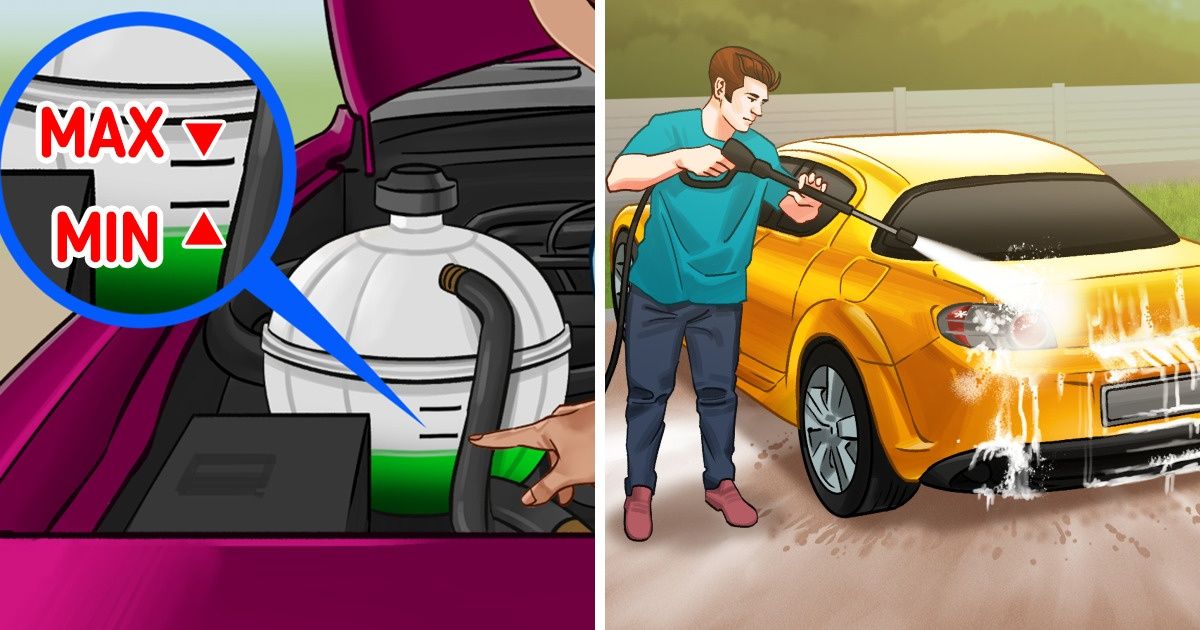
In the summer season, you may have noticed how hot the interior of a car feels after leaving it parked and closed for a couple of hours. This can ruin the upholstery, as well as fade the fabric and even the body paint.
5-Minute Crafts will give you some tips to protect your car and keep it cool during high temperatures.
1. Blocking the sun’s rays from windshields and windows
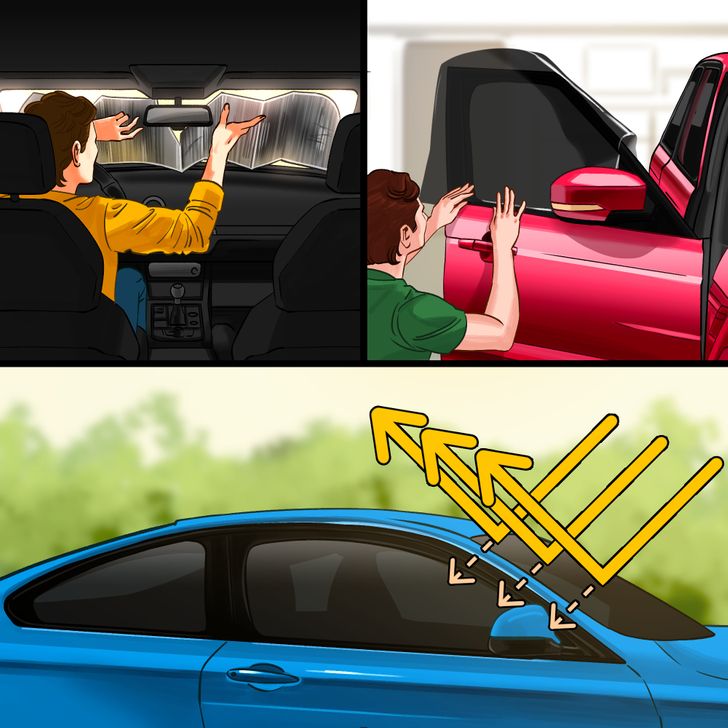
When parking your car in direct sunlight, block it with a windshield sunshade. Place it over the dashboard, trying to cover the entire area. This will reduce the sun’s rays.
Take your vehicle to a specialized workshop to have the windows tinted. This dark coating will reduce the amount of direct sunlight according to the tinting allowed by the regulations of your city or country.
With these tricks, you will protect the interior of your car against ultraviolet radiation. Keep in mind that the greater the exposure to the sun’s rays, the more likely it is that the upholstery and the control panel will be damaged and cracked.
2. Parking in covered or shaded areas
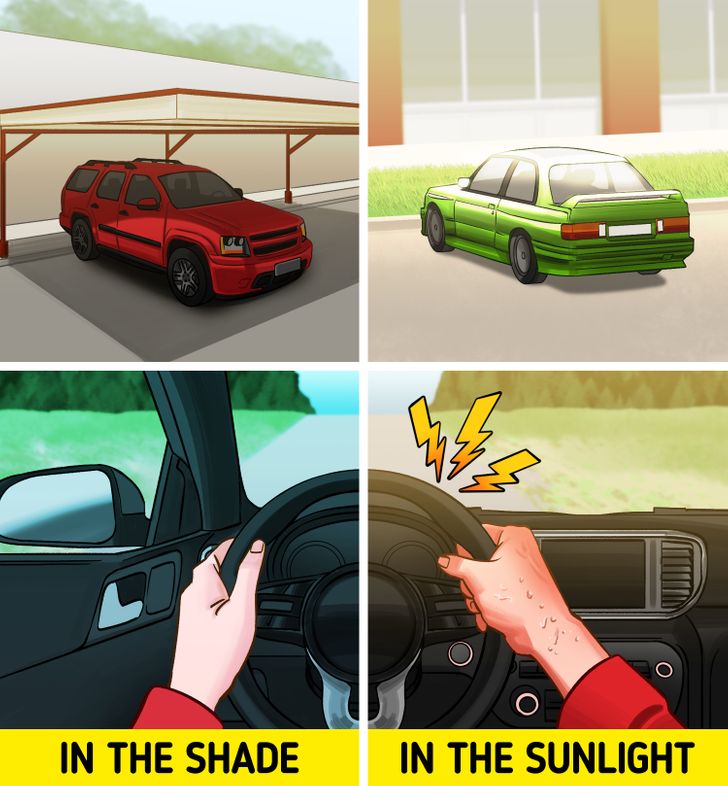
When parking your vehicle, avoid leaving it exposed to direct sunlight. Look for trees, building shades, or covered parking lots.
The shade will help block the sun’s direct rays, keeping the car cool. This will prevent the steering wheel from overheating and hurting your hands when you get back behind it.
3. Using a car cover
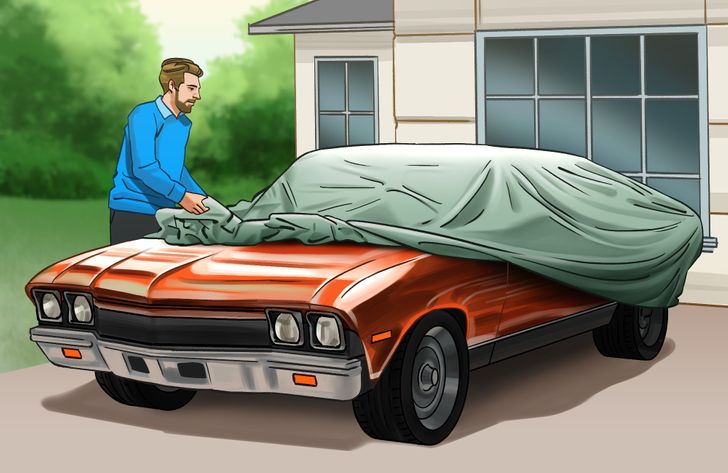
If you don’t have a shaded parking lot, invest in a car cover. Be sure to purchase a high-quality car cover that’s the right size to fully cover your vehicle.
4. Washing it frequently
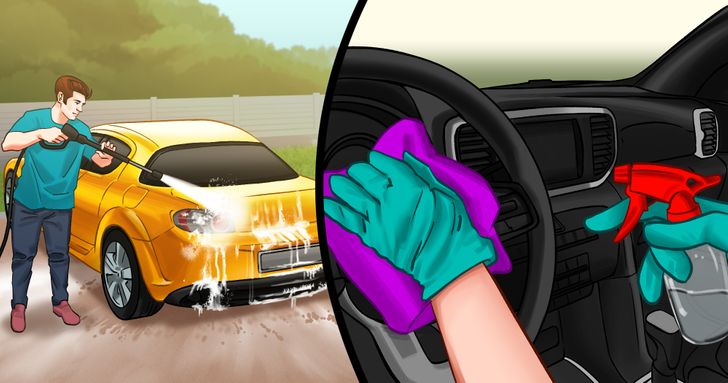
Washing your car frequently will not only remove dust and dirt, but it will also help prevent the paint from aging or looking stained by all the sun’s rays it receives daily.
On the interior of the vehicle, apply protective products. This will prevent the upholstery and dashboard materials from drying out and cracking, as well as making them look clean and shiny. This will extend the life of the vinyl or leather.
5. Waxing the body of the car
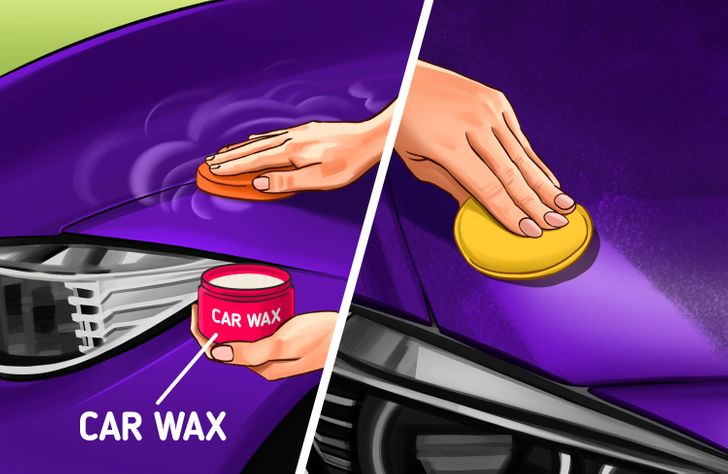
6. Checking the coolant level
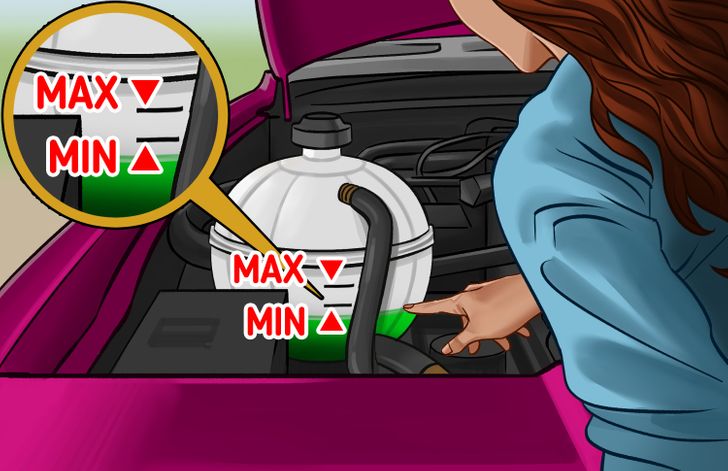
If you live in an area with a hot climate, it’s recommended that you periodically check your car’s coolant level. Make sure the coolant level is adequate, according to the manufacturer. Before opening the radiator cap, let the engine cool down.
A low coolant level is one of the most common reasons behind a vehicle overheating.
7. Taking it to an automotive shop
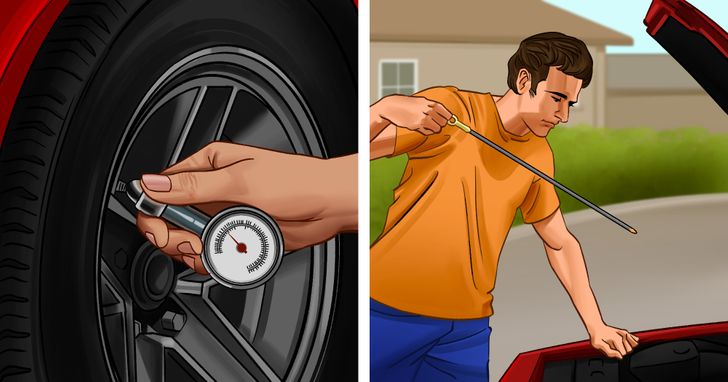
Go to a specialized workshop to request preventive maintenance. Ask the mechanic to do the following:
- Check out the tire pressure, according to the manufacturer’s recommendations. Underinflated tires, when rolling on hot pavement, can burst.
- Check the engine oil, transmission oil, power steering fluid, and brake fluid levels. The engine may overheat when the levels of these fluids are below recommended levels.